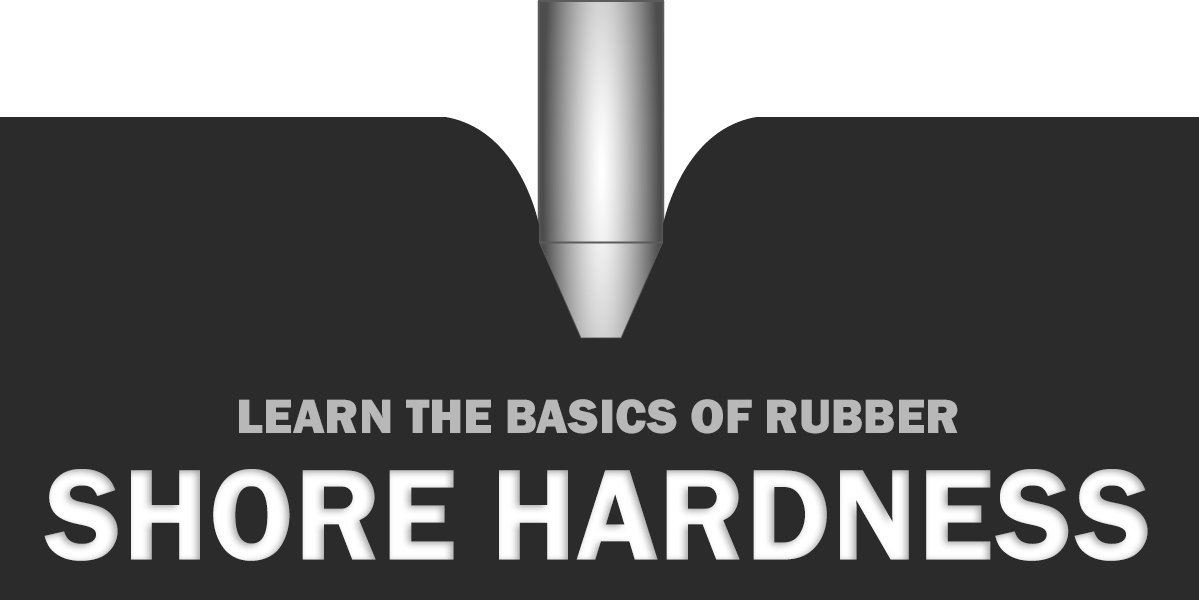Complex Rubber Seal Tips: Starting With The Basics
-
 By
Lee Lechner
By
Lee Lechner - Apr 22, 2020

Rubber seals can end up being fairly complex when it comes to meeting strict manufacturing specs, like in the automotive industry. But why does it have to be so complex for getting what you need?
Outside of the engineering design of a seal, there are 3 core elements that play a major role in the success of a complex seal. Once you have a fundamental understanding of each, you'll be well on your way towards producing a seal that meets, or even exceeds, the performance requirements necessary for harsh environments and/or complex sealing applications.
Choosing Production Molding Method
One of the core elements of manufacturing a complex rubber seal is choosing what production method to go with: Compression molding, injection molding, extrusion, or die-cutting.
Die-cutting and extrusion are some of the simplest methods of creating custom rubber seals because it means running the rubber or similar material through a die that will mimic the cross-section of the part. Since it can be completed as part of a continuous process with little operator interaction, the production is very straightforward. It most likely won’t work for more complex projects where the rubber seal will change its shape over the length.
Compression molding and injection molding will be your two main options for successfully developing a complex seal. Choosing which molding process to use is based on budget and design.
Compression Molding
This method of molding often starts with molding material placed into an open mold cavity. Pressure is applied by a top force to enclose the material within the heated cavity, which begins the curing process. Once cured, the mold is removed by an ejector pin, or through manual extraction and flash trimming.
Advantages of Compression Molding:
- Variation of Wall Thickness
- Lower Tooling Costs
- More Material Options
- Good for High Volume Manufacturing
Disadvantages of Compression Molding:
- Slower Cycle Time
- Lower Productivity Due to Manually Trimming Flash
- Meant for Simple Parts
Injection Molding
Injection molding is used when more detail and complexity are required. The polymer is sent through a pre-heating system through runners into the mold cavity. The materials must be able to withstand the pressure before the cured piece is ejected. It allows for more precision and also more detailed designs.
Advantages of Injection Molding:
- Higher Quality Parts / More Precision
- Less Labor Intensive
- Shorter Cycle Times
- Less Waste
Disadvantages of Compression Molding:
- High Tooling Costs
- Expensive Material Costs
- Part Restrictions, Especially or Larger Parts
Choosing The Right Material
Where and how is your seal going to be used? We need to take a deeper look into a few critical elements that will help us determine what materials will work and won't work for what you're needing to accomplish.
Temperature
The rubber materials you'll be considering each have a specific temperature rating. If the material doesn't fit within the application's temperature requirements, it won't be plausible to use it. Some of the most common standard rubber compounds have the following temp ratings:
- EPDM: -70F - 350F
- Silicone: -60F - 600F
- Nitrile: -30F - 250F
- Fluorocarbon (FKM): -15F - 400F
- Vamac: -30F - 350F
- Natural Rubber: -60F - 220F
These are just a few materials, but keep in mind that modifications can be made to improve temperature resistance.
Environmental/Chemical Exposure
To keep this simple, we are combining environmental and chemical resistance of rubber as they are equally as important.
Examples of factors to consider from an environmental standpoint, outside of temperature, would be exposure to sunlight. A material like Nitrile performs poorly when exposed to sunlight compared to EPDM or Silicone.
Chemical resistance may be one of the most important factors when choosing a material depending on the application. FKM materials perform great when exposed to fuel, but natural rubber will degrade quite easily and quickly fail.
Pressure
Complex seals can be put into extreme applications, and one aspect of the at is how much pressure they'll need to withstand. Elastomers have their own unique compression set properties, and they will need to be balanced with the shore hardness of the material (covered in the next section).
Choosing the wrong material and formulation may result in seals extruding out due to a lack of ability to withstand high pressure. Because of this, you'll want to work with material engineers and your molder to ensure you get it right to prevent revisions and wasted money.
Rubber Shore Hardness
When it comes to using rubber for sealing applications, it's important that the material is soft enough to produce an effective seal that fills the gap between two surfaces, yet hard enough to withstand loading forces without extruding out.
It's vital to have a solid understanding of rubber shore hardness, how to modify it, and measure it consistently in order to meet strict performance and quality specs.


About Echo Engineering
Echo specializes in custom seals, gaskets, and o-rings utilized in automotive applications, outdoor lighting, pumps, electrical systems, and many more situations.
With our in-house engineering and design teams, a wide range of specialty elastomers, and rapid prototyping capabilities, Echo is sure to have the perfect sealing solution to meet your specific requirements.









